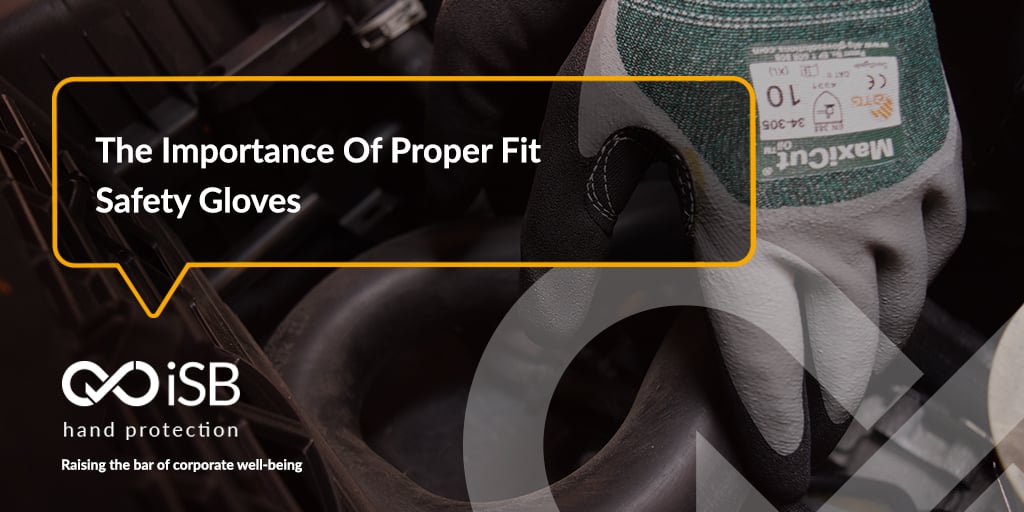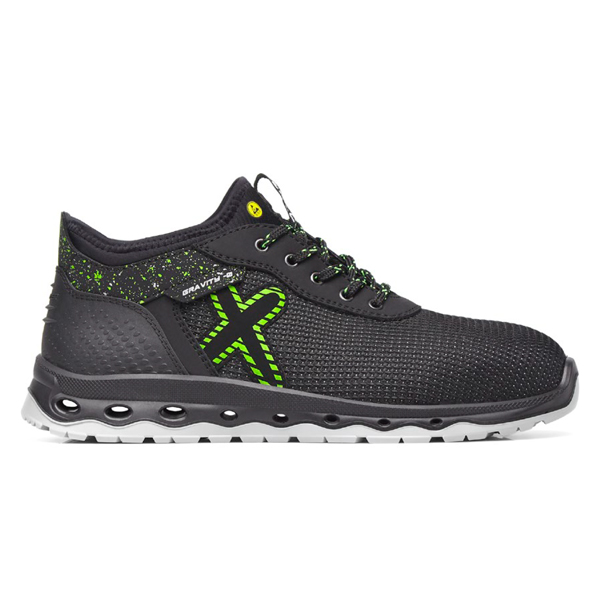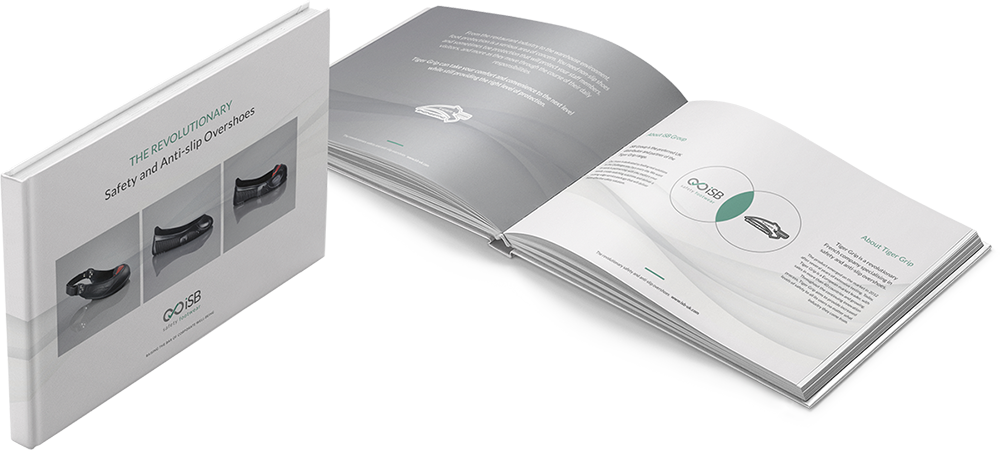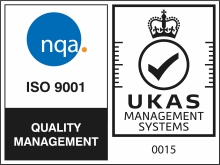
Consider your hands for a moment. Your hand is a complex system of tendons, bones, tissue and nerves, which makes it possible to perform a vast array of important work and life tasks. Work gloves are specially designed to protect workers from all kinds of work related risks. These may include lacerations from sharp edges, chemical burns, or injuries from tools and mechanical equipment. 70% of hand injuries are caused by workers not wearing inadequate, damages or inappropriate gloves.
Why does proper fit matter?
The simple answer is, safety gloves that do not fit will not protect your hands. This is true of all PPE. Whether you are trying to protect your head, your feet or your hands, if the safety gear doesn’t fit, it cannot provide the necessary protection. So while it is important for workers to have the best hand protection for the job, it is also important that the gloves fit properly. Fit is important because it is the biggest factor in worker comfort. Comfort is important because no matter how good the gloves are, if they are not comfortable, workers will not wear them, or will take them off during the course of the work day. If gloves are too small, they can limit hand dexterity, cause hand fatigue and irritate your skin. They are also more likely to rip or tear. If gloves are too large, they can affect a worker’s grip, be caught on moving parts of tools or machinery, or pulled off your hand.
How to determine proper fit.
The best way to determine proper fit is to measure each employee’s hand. Buying “one size fits all” gloves in the hope that they will be adequate for most workers is false economy. Measuring the employees’ hands before ordering work gloves may sound like a waste of time, but is a vital investment in worker safety. When a worker receives new gloves, he should try them on and check for consistency of fit among the fingers.
How workers benefit from properly fitting gloves.
Exposure to high levels of vibration can, over time, lead to Hand Arm Vibration Syndrome (HAVS), which affects up to two million people per year. There are many tools that can cause this disorder, including jackhammers, power chainsaws, and power jigsaws. Workers who suffer from HAVS may feel tingling and numbness in the fingers, so severe that picking up small objects becomes difficult. Over time it can result in a loss of strength in the hands and ability to grip. Properly fitting gloves which are designed to reduce the effects of the vibrations can offer protection from the damaging effects of HAVS.
Get a good grip and limit fatigue with properly fitted gloves.
Wearing gloves that are too big effects manual dexterity and feels awkward. Wearing gloves that are too small make your hands feel sweaty and restricted. Either one is exhausting. You need gloves that allow you to grip objects and do your job to the best of your ability.
Better fit, less force.
If your gloves are too tight or too loose, your hand muscles will need to work harder to compensate. Wearing gloves that are the correct size reduces unnecessary strain on your hands.
When the safety gloves fit, workers are more likely to wear them.
When asked why they don’t wear their safety gloves, workers frequently say that the gloves are uncomfortable. They believe they do a better job without the gloves and that the gloves just get in the way. Today, gloves are available in a wide variety of sizes. If the gloves fit right, it greatly increases the likelihood that workers will put them on and keep them on.
The right kind of glove, correctly fitted and worn regularly, can help keep a worker’s hands safe. For more information on hand protection, contact us.
You Might Like...
 1
1
Gravity Jupiter Safety Trainers- E3200
Ultra resistant textile TECNO-TEXT upper
 2
2
Gravity Jupiter Safety Trainers- E3200
Ultra resistant textile TECNO-TEXT upper
 3
3
Gravity Jupiter Safety Trainers- E3200
Ultra resistant textile TECNO-TEXT upper
 4
4
Gravity Jupiter Safety Trainers- E3200
Ultra resistant textile TECNO-TEXT upper

















